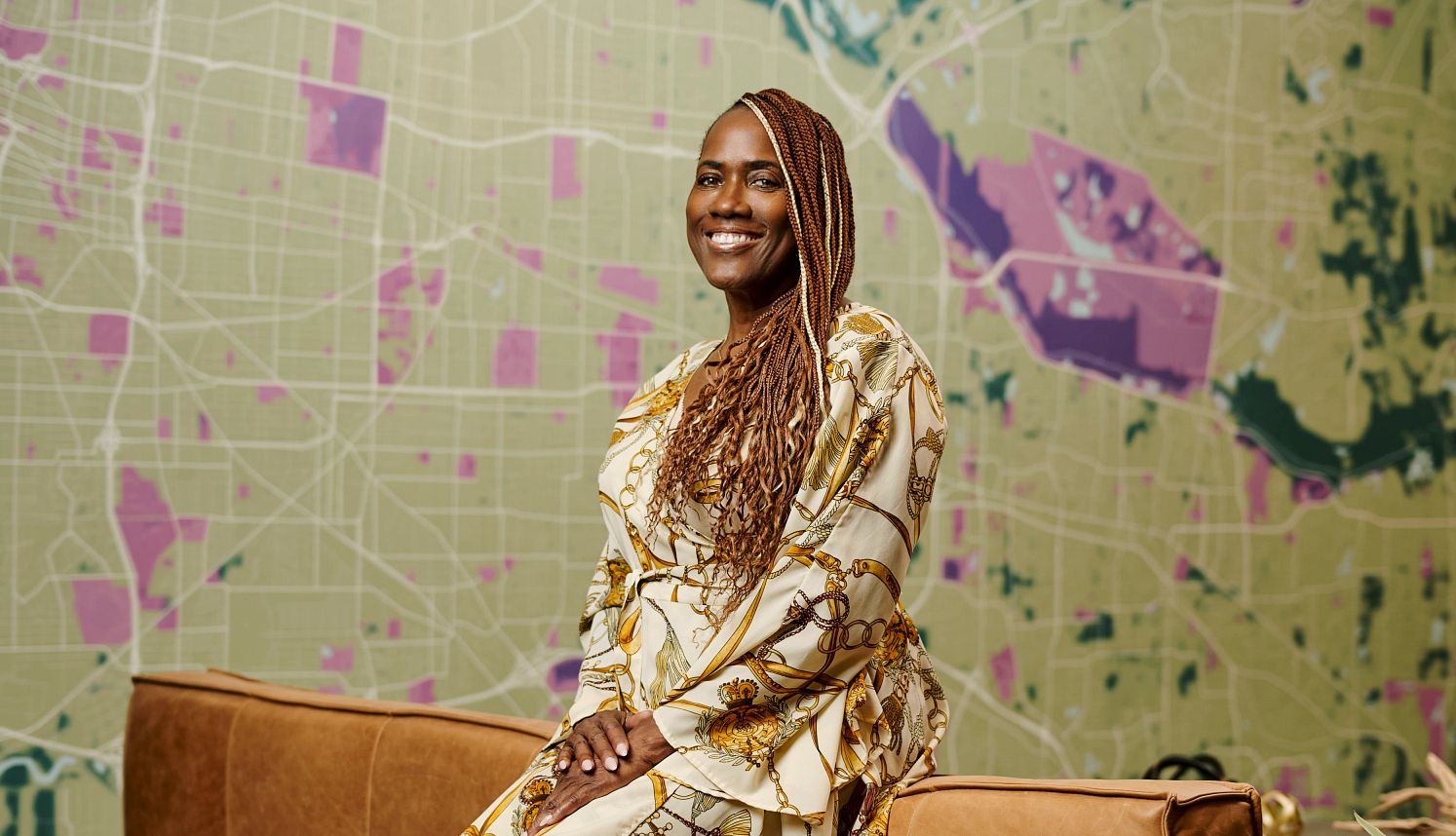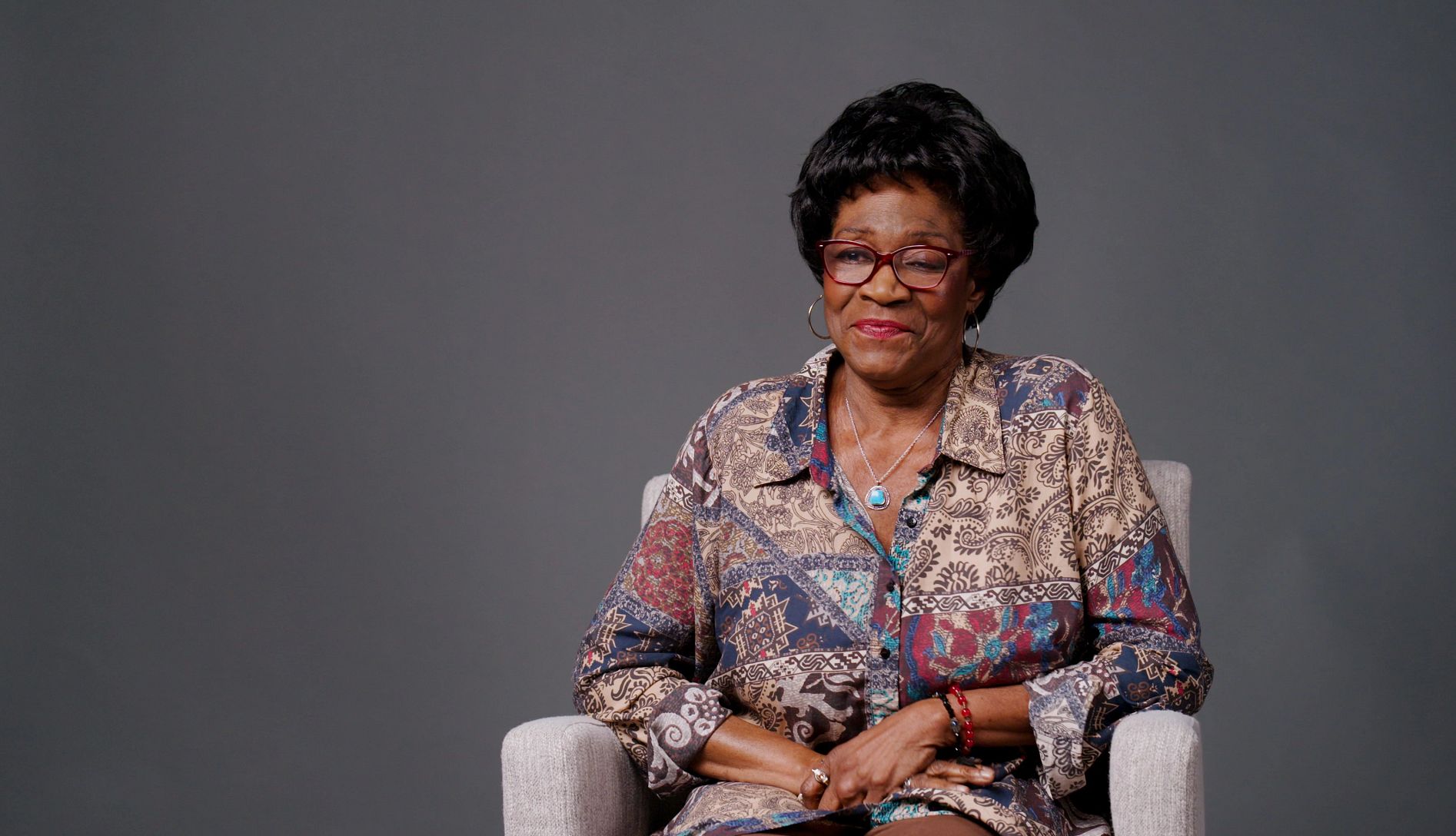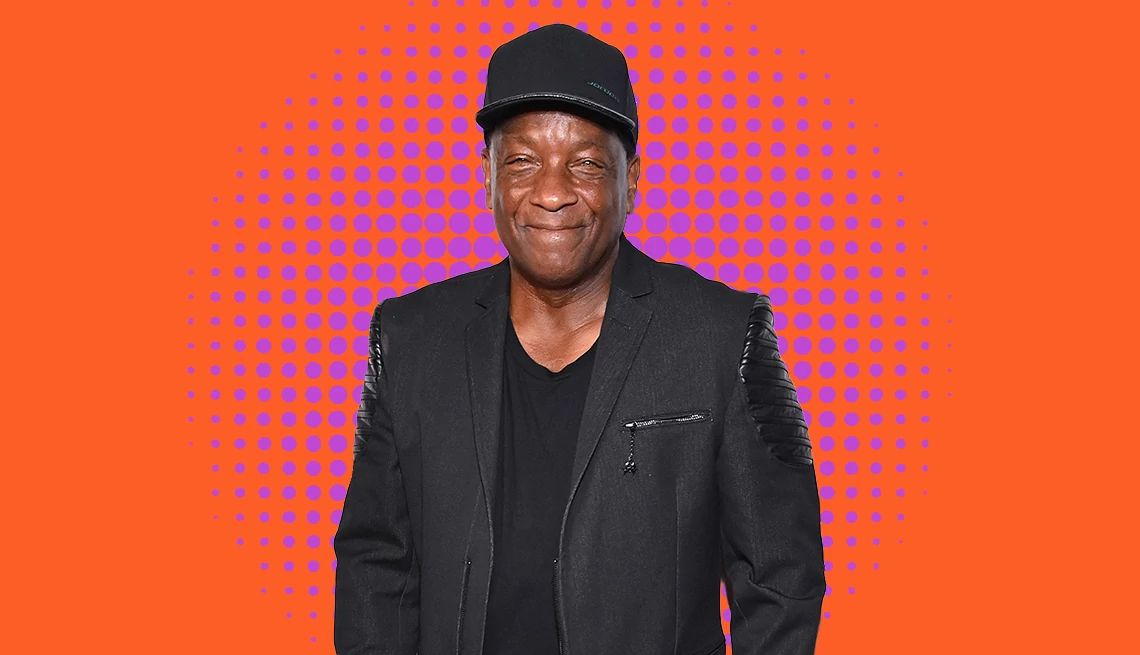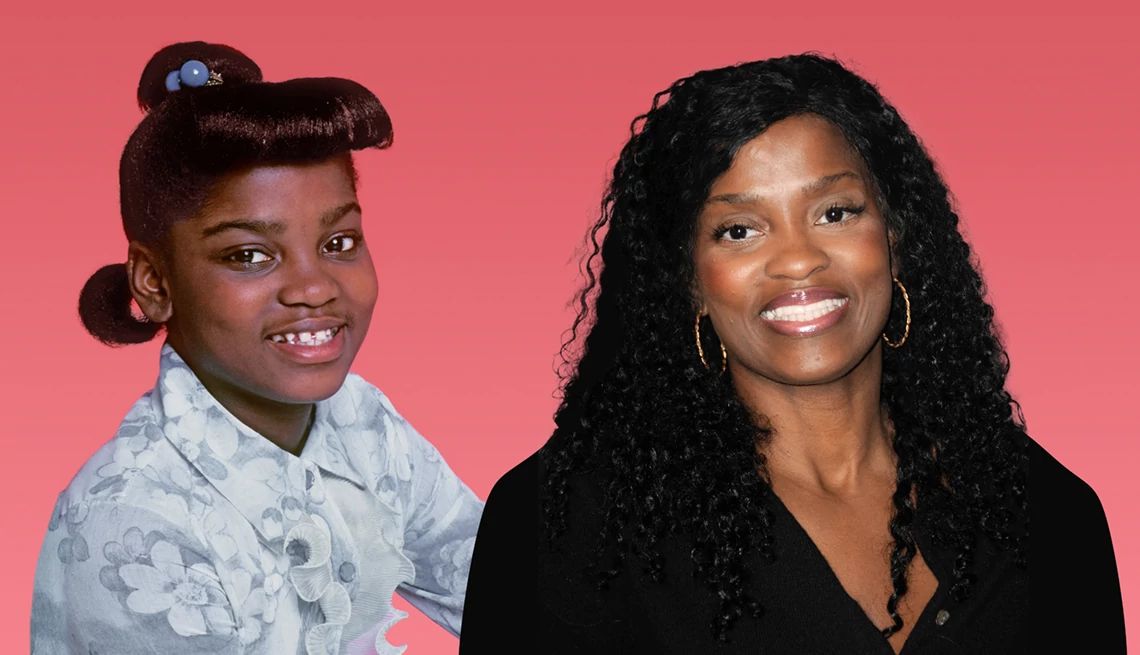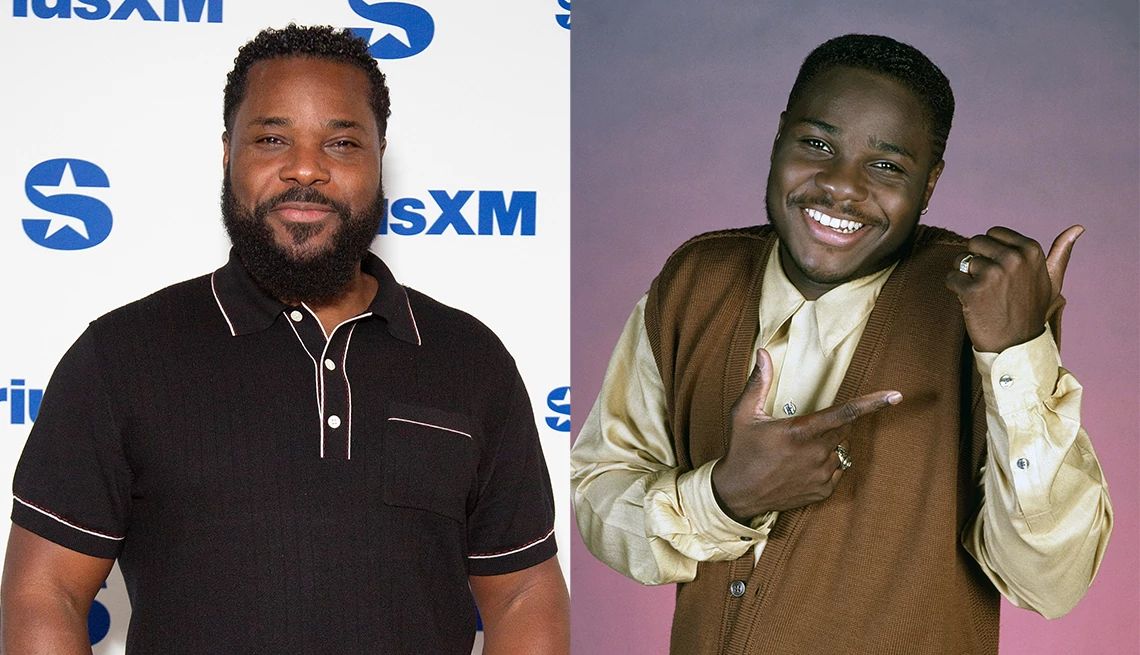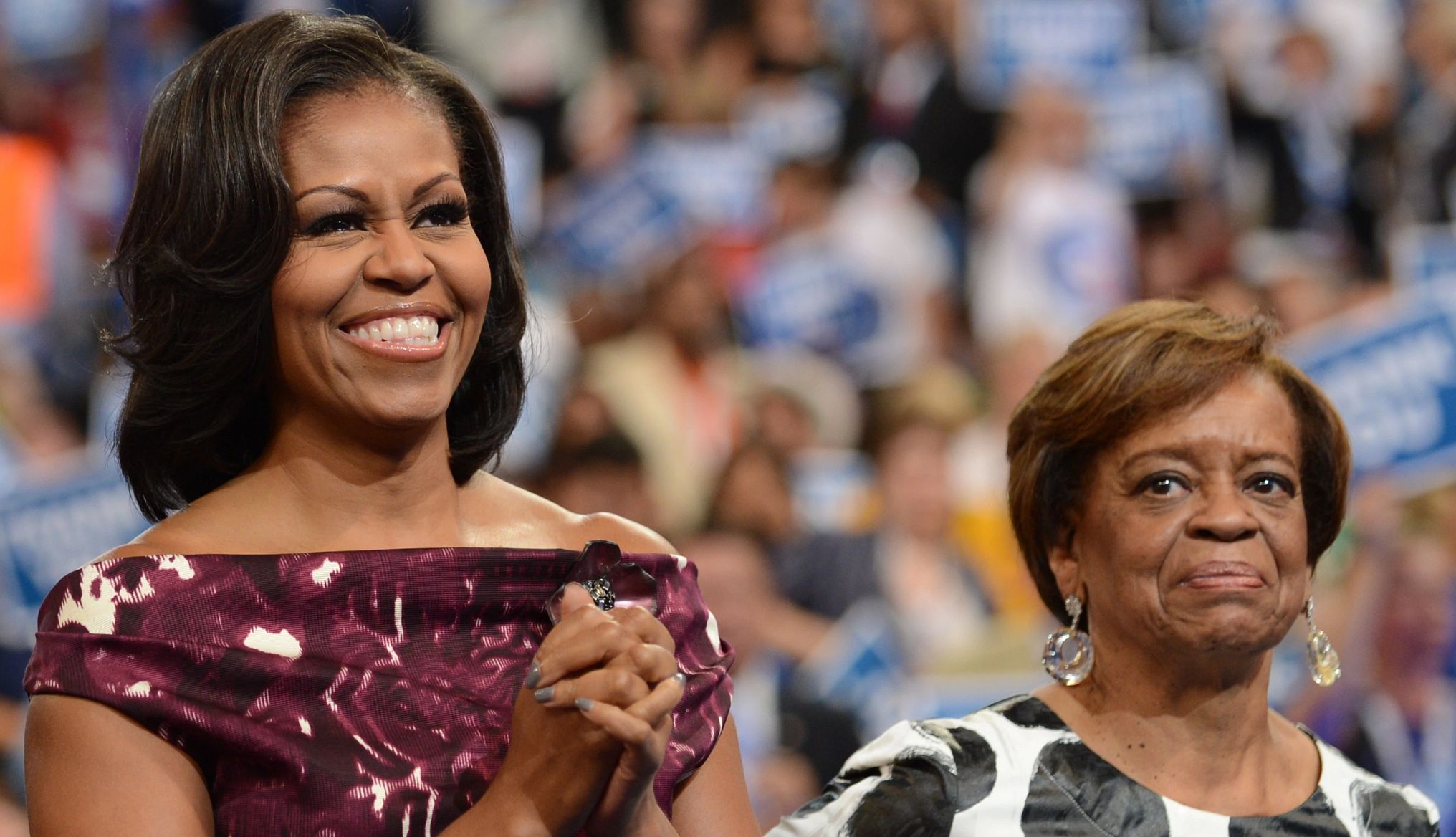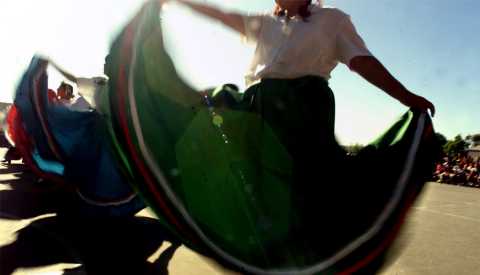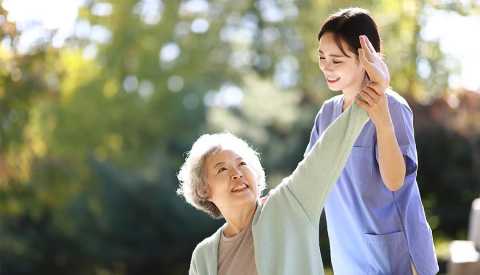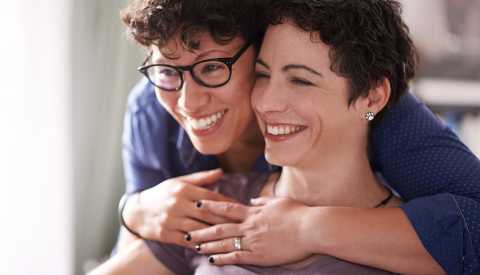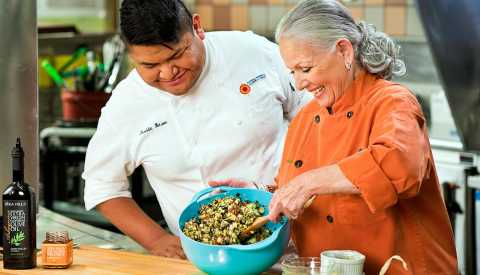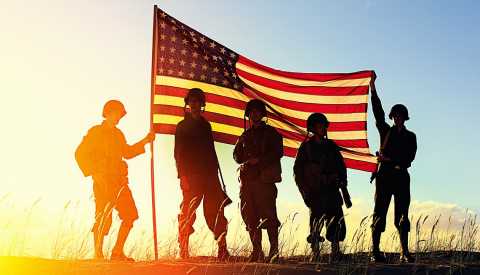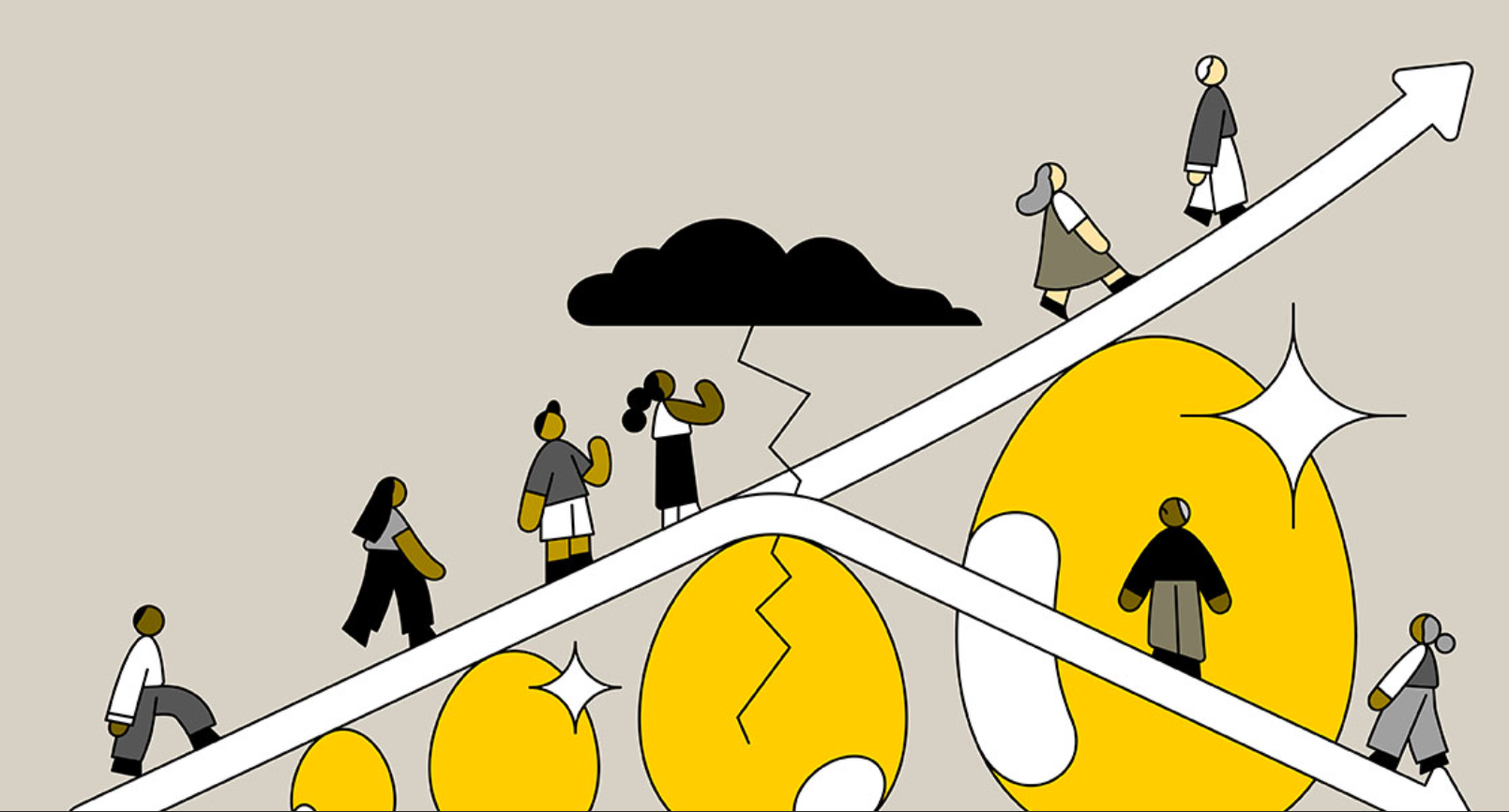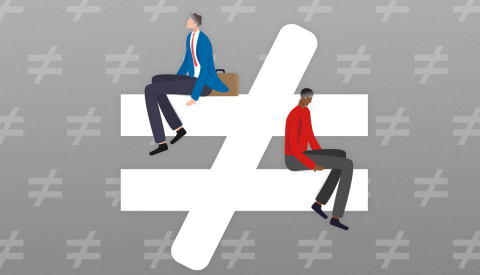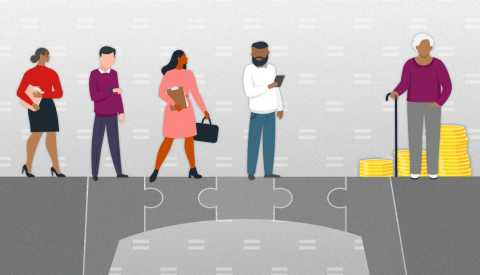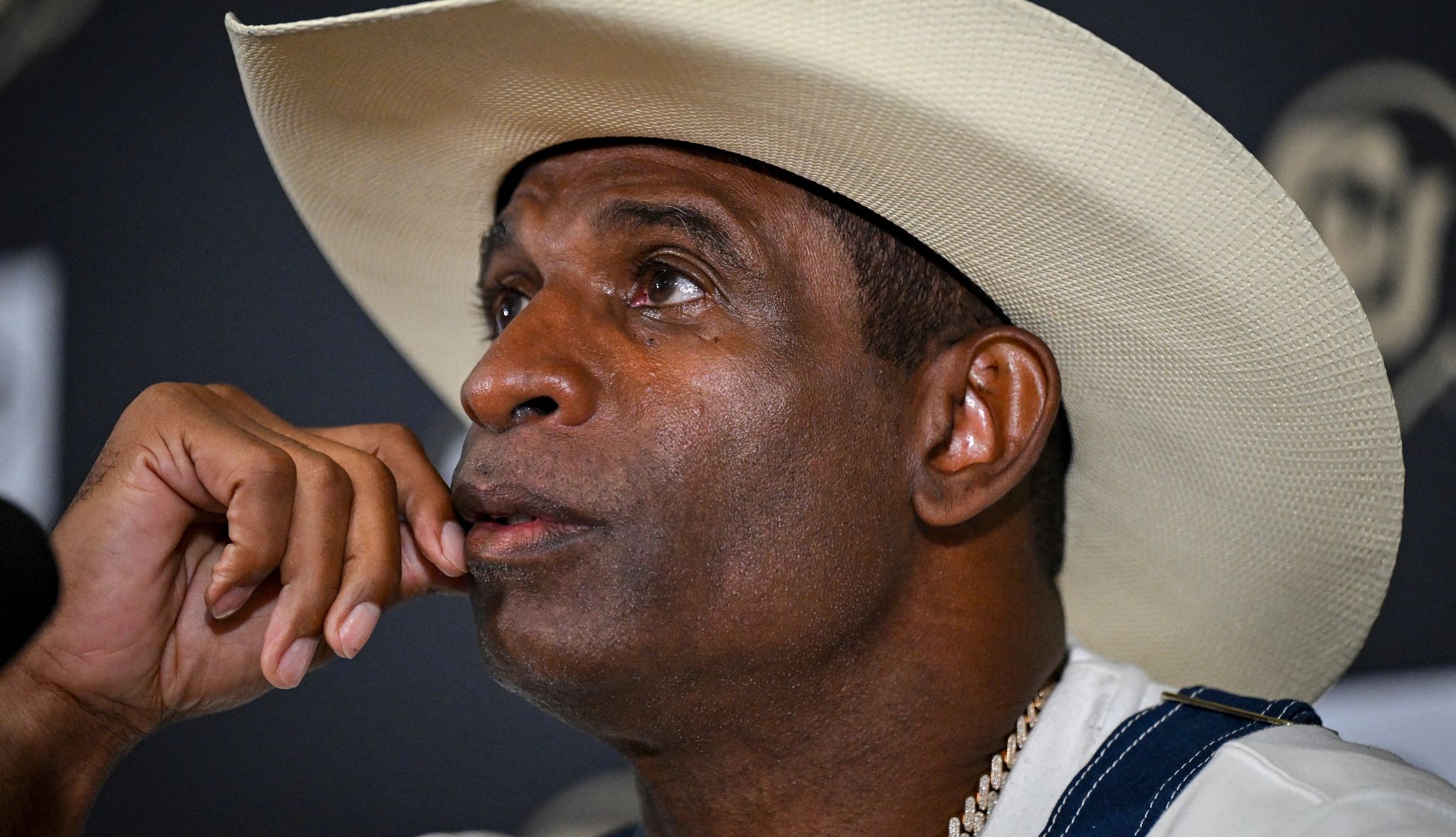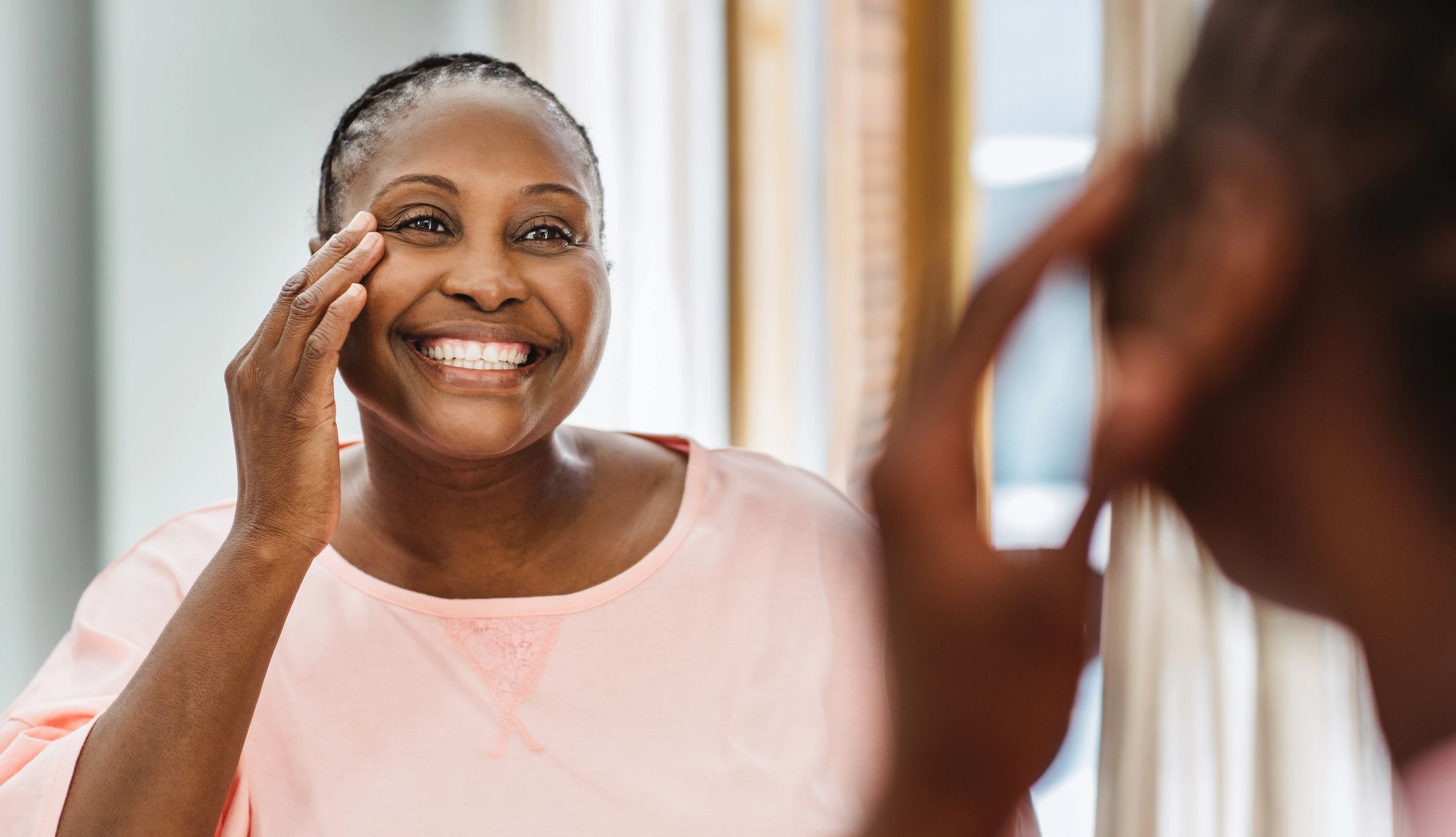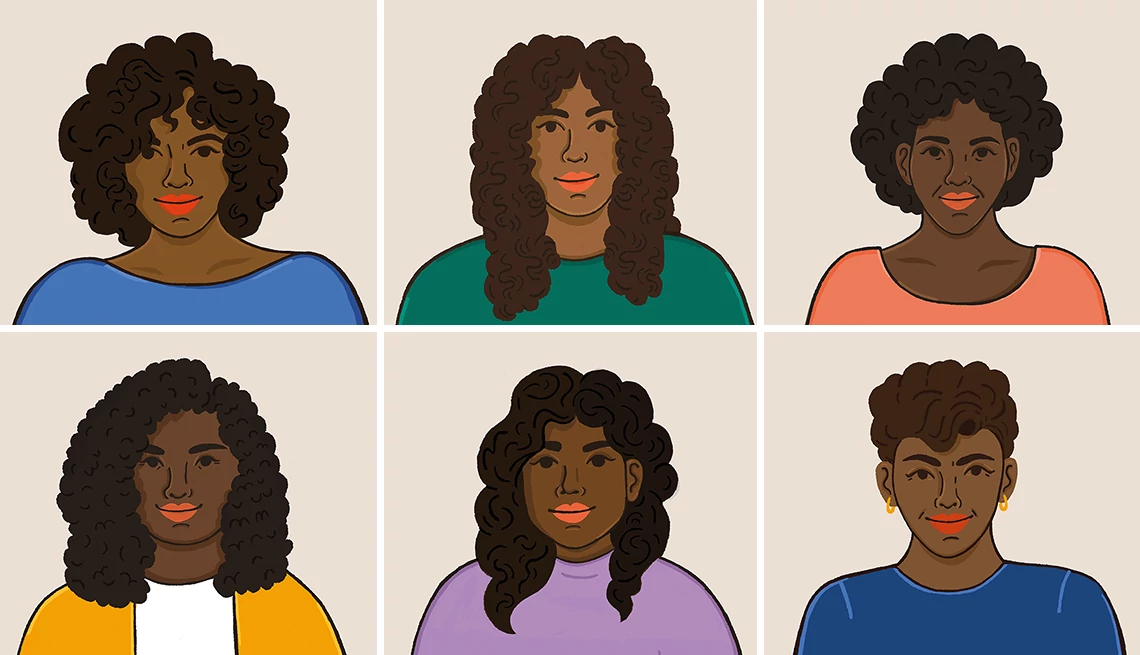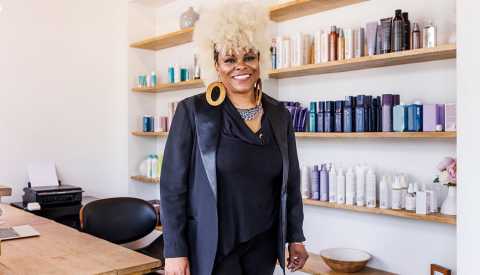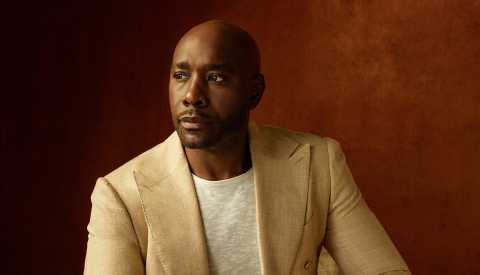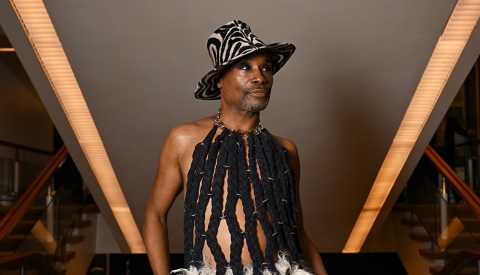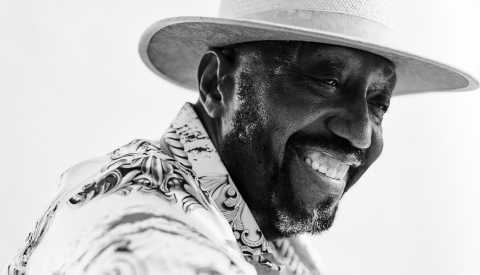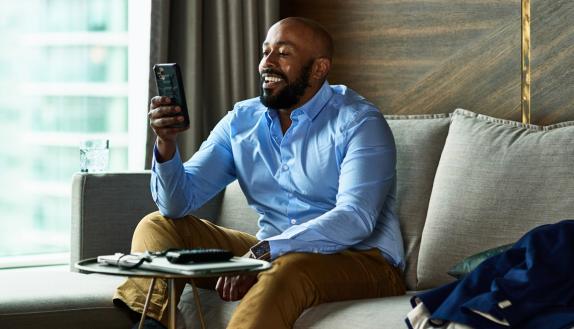AARP Hearing Center
Black Community
News and information relevant to the African American community on topics including financial security, health and wellness
Entertainment

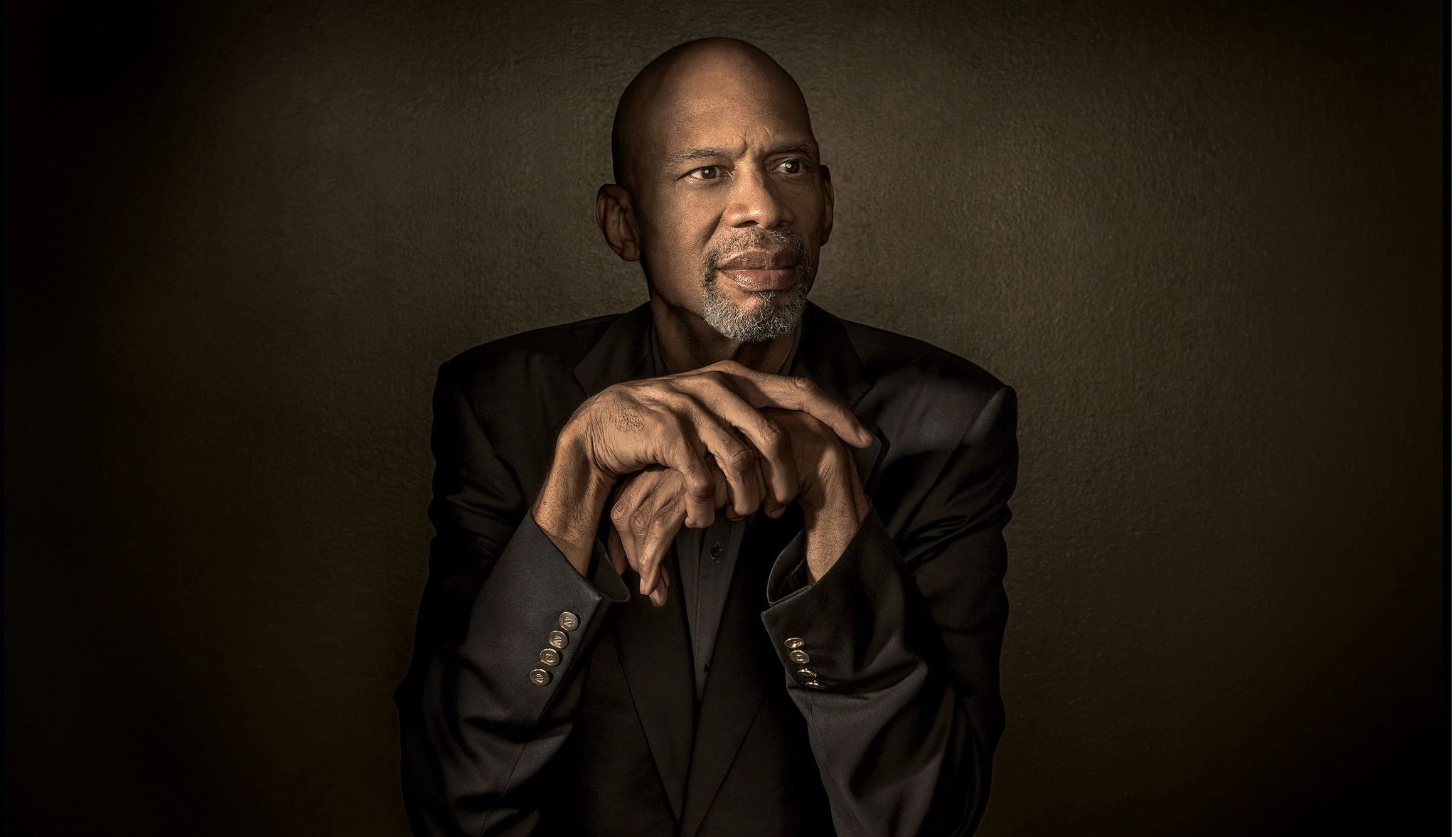
Members Edition
Novelist and Basketball Star Kareem Abdul-Jabbar
The sports legend’s new book explores activism in America

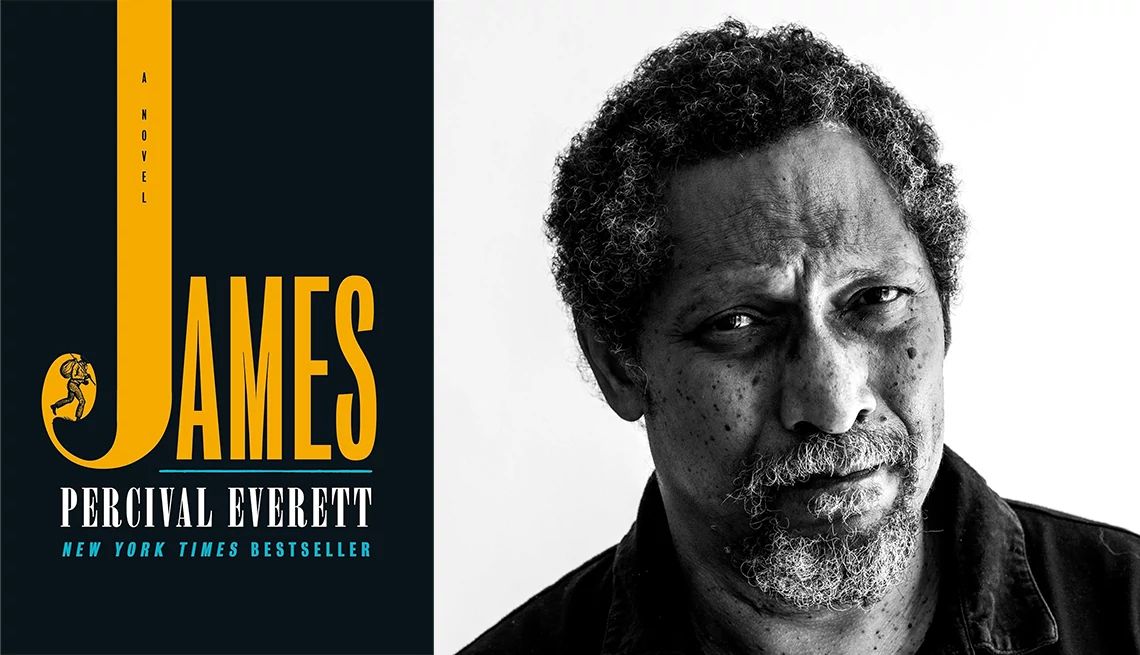
Celebrity Interviews
Percival Everett on His Novel 'James' and More
National Book Award-winner shares insights on writing, influences

AARP Membership — $15 for your first year when you sign up for Automatic Renewal
Get instant access to members-only products and hundreds of discounts, a free second membership, and a subscription to AARP the Magazine.
Community Voices
Work & Jobs

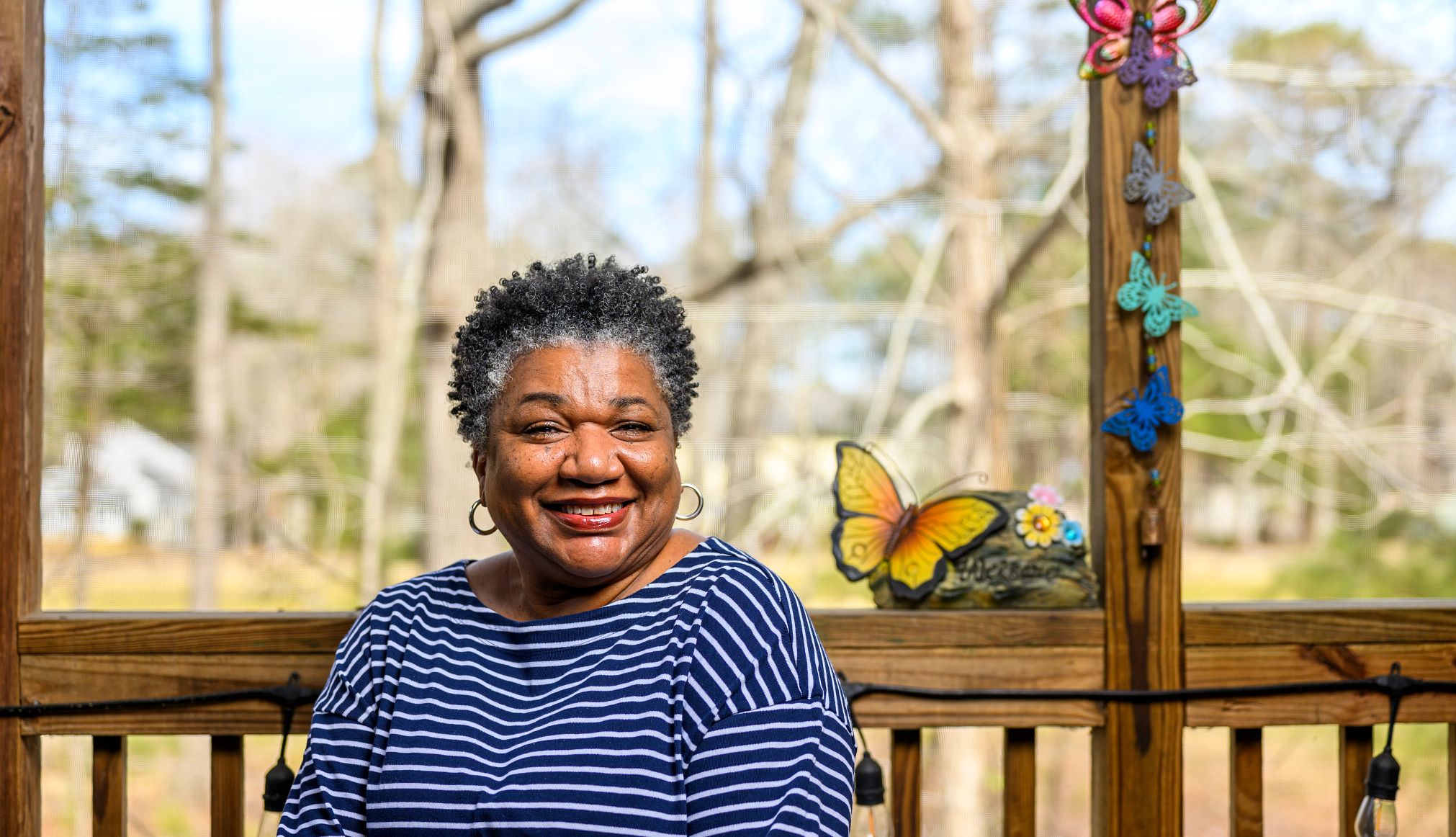
Member's Edition
I Let Self-Doubt Keep Me at Work
She kept chasing professional validation
Health

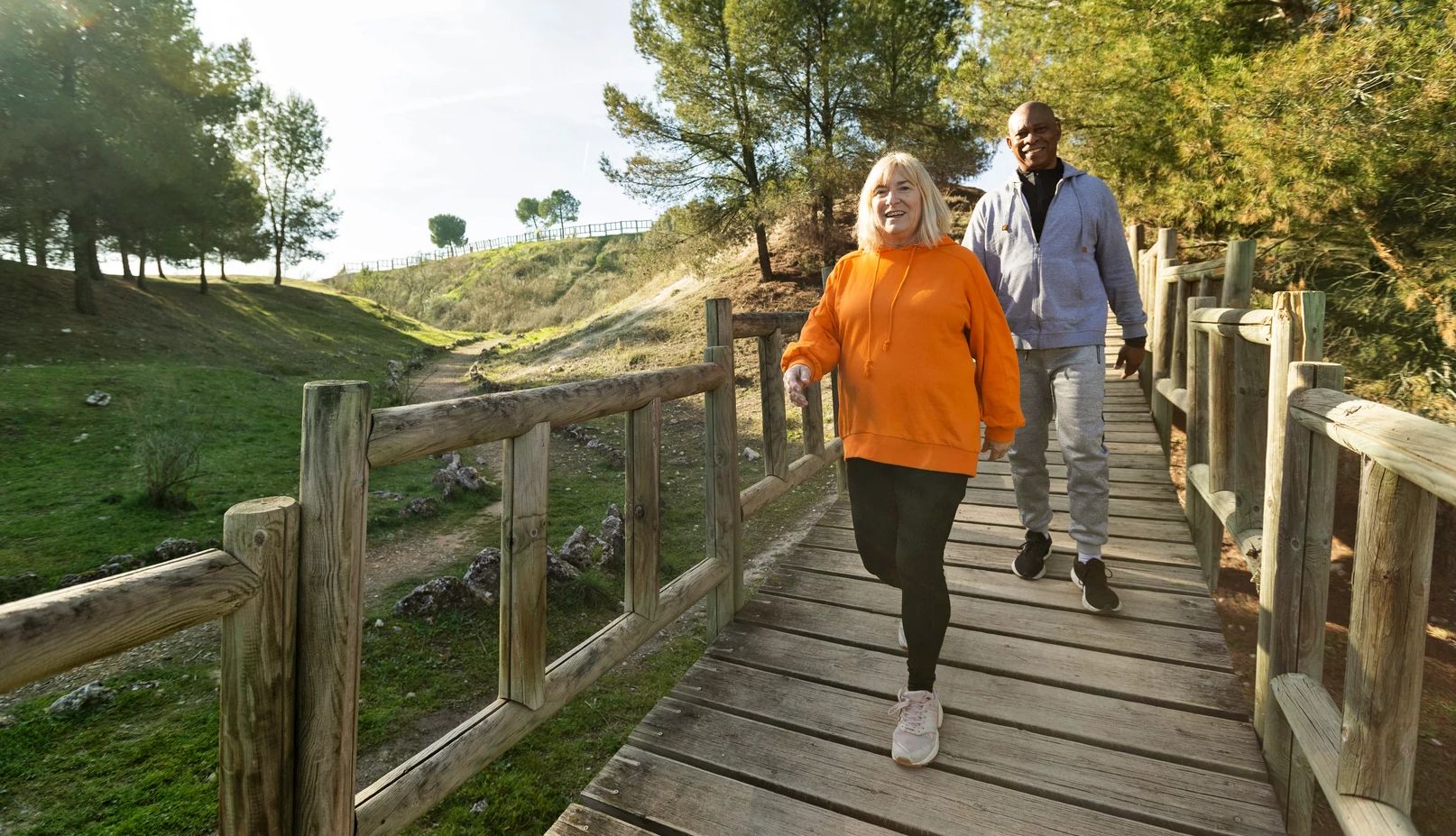
Conditions and Treatments
How Lifestyle Impacts Brain Health
Large study shows role of exercise, diet and social stimulation as you age































































